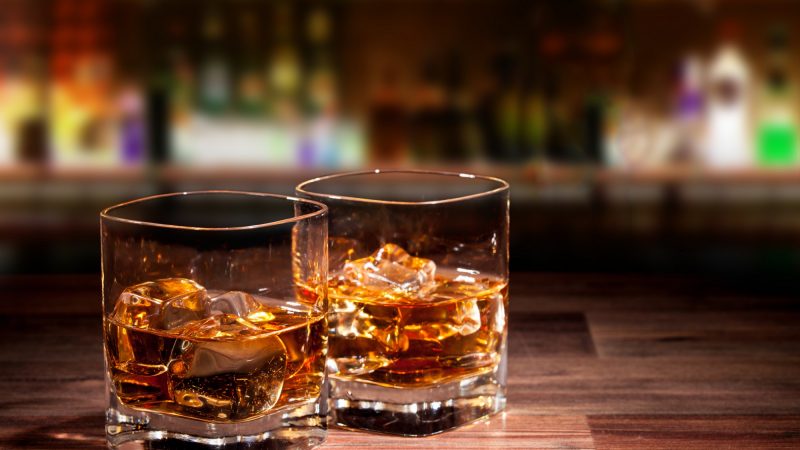Beverages
How to Make the Perfect Whiskey — Neat or With Water?
The science is solid! This is the best way to pour yourself a whiskey!

Whiskey is one of the world’s most favoured and enjoyed alcohols, but like some of the hard-tack drinks, the best way to enjoy it is always going to be a point of contention. Should it be taken neat, with no additional elements, to savour the pure taste? On the rocks to be a little cooler and more refreshing? Or does one add some water to release the flavour, since many swear by diluting whiskey to one degree or another? All of these options are zealously recommended depending on who you ask, we’re going to dive a little deeper into the logic behind why certain methods could be best.
So, before we go further into the nitty-gritty parts, a couple of terms need to be gone over, the most important of which is “cask strength” – referring to the alcohol volume in a bottle of whiskey. Now, generally, whiskey comes out of the bottle with an alcohol volume of around 40%, often a little higher depending on the brand. This can vary quite a bit, and can occasionally go up into the mid to high 60% – which is referred to as “cask strength” since that is roughly the same alcohol level as when the whiskey is removed from the cask.

In order to understand why whiskey has its distinctive taste, one needs to crack out the transparent beaker and brush up on some chemistry. The main chemical that provides whiskey’s enjoyable taste is “guaiacol”, and depending on its concentration, will have a different reaction to additives such as water. The amount of guaiacol is linked to the alcohol concentration, as well, and recent research suggests that past a certain level the guaiacol moves away from the surface of the liquid and further down – making the whiskey taste worse.
The research indicates that when the alcohol percentage is closer to 40%-45%, adding water will enhance the taste by bringing the guaiacol to the surface, while the opposite is true when the alcohol percentage is closer to 60%, or cask strength. Obviously this will vary depending on how the whiskey is made, whether it’s a blend or single malt, etc – but that’s the fun part, experimenting to see what works best. But, this should be a helpful rule of thumb next time you’re wondering whether to add some water to your tipple!
And of course, if you’re going to whip up the perfect whiskey, Tullamore Dew is a fantastic choice!
















